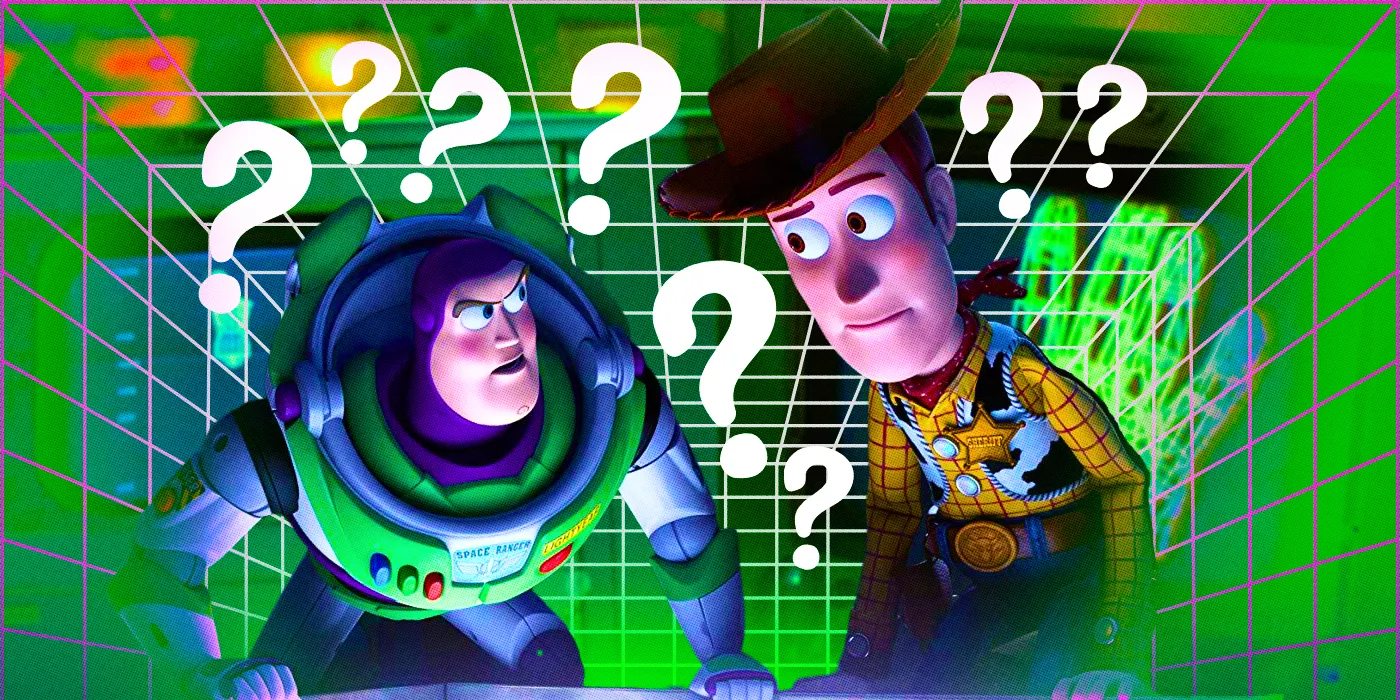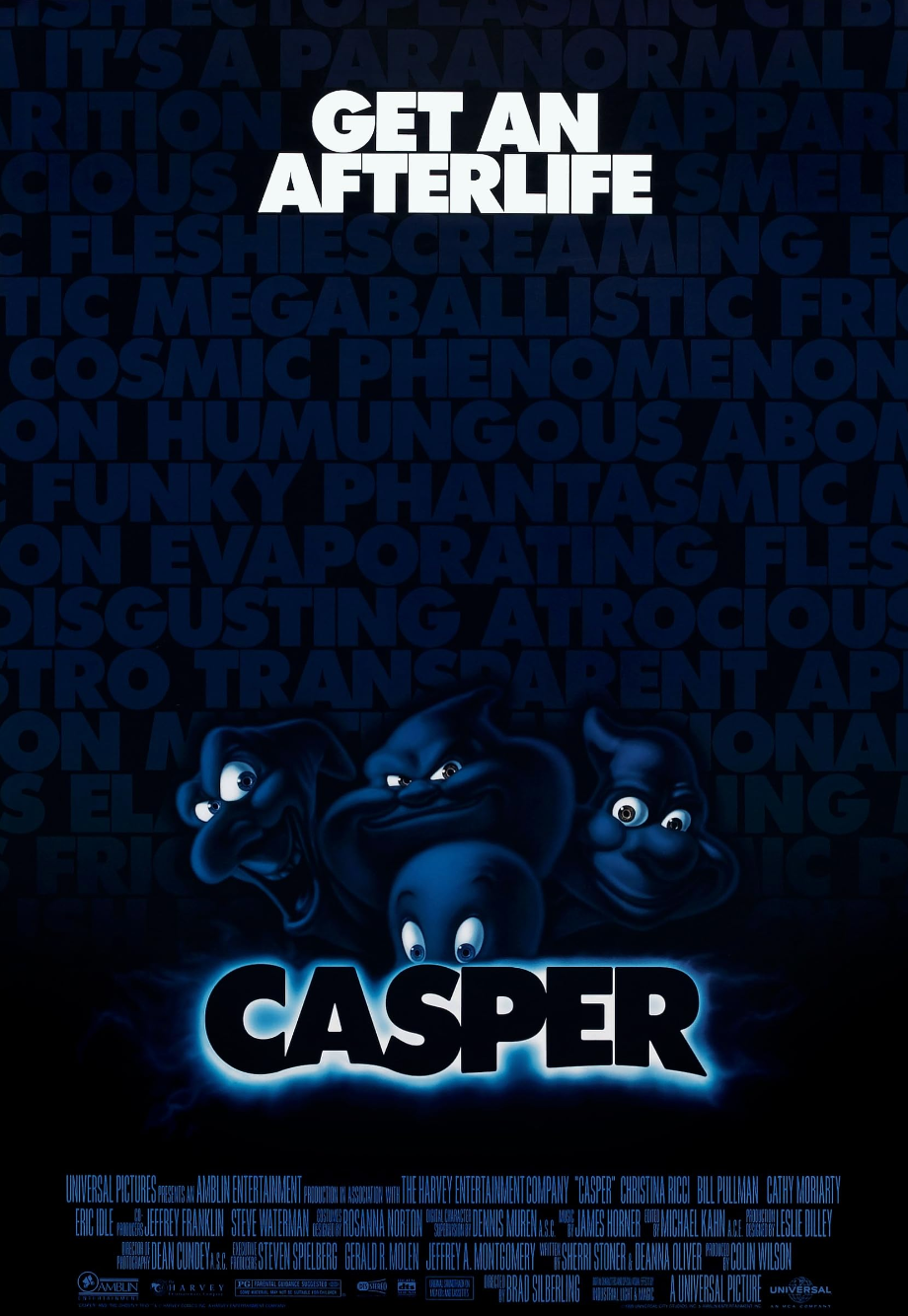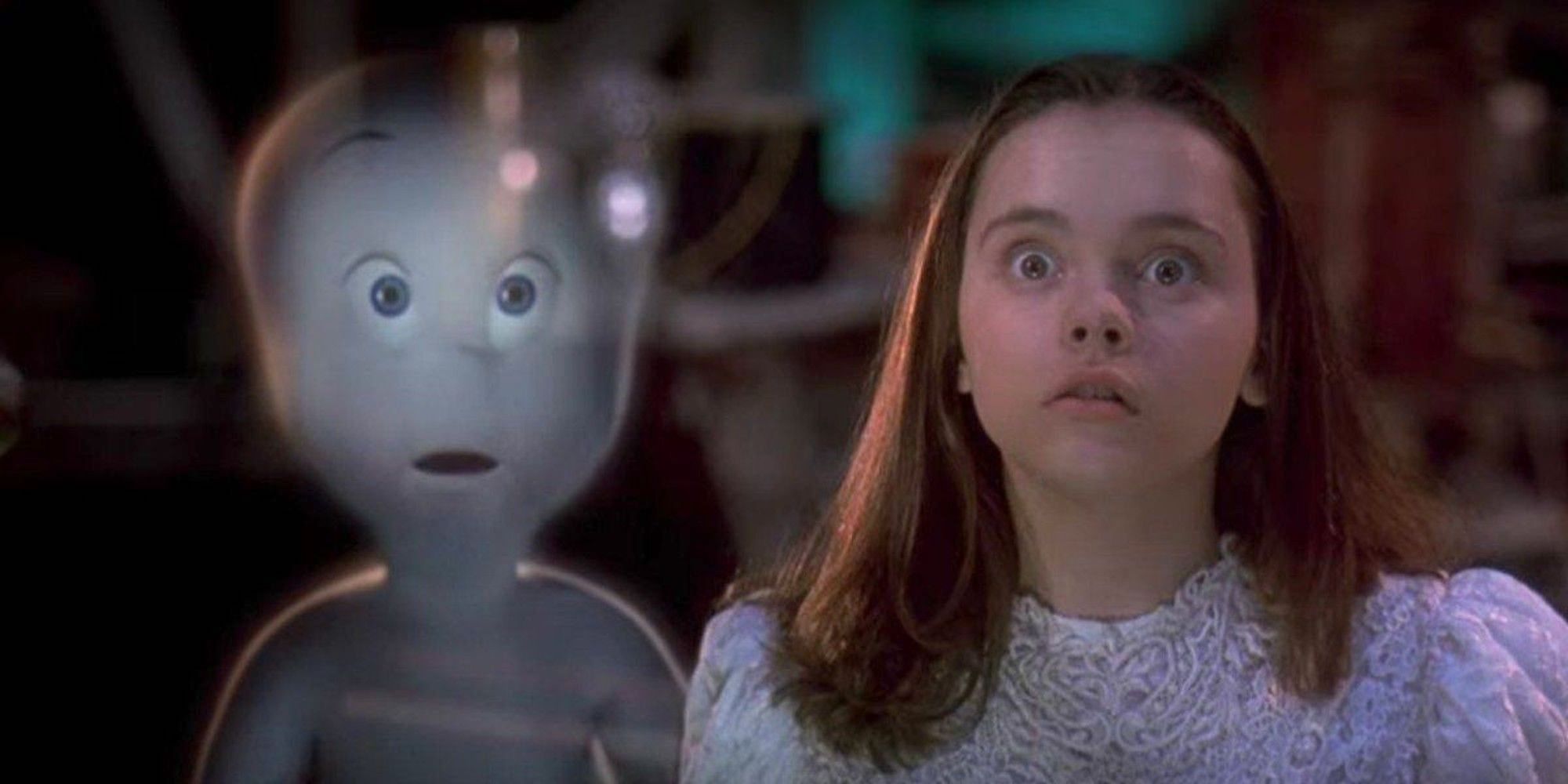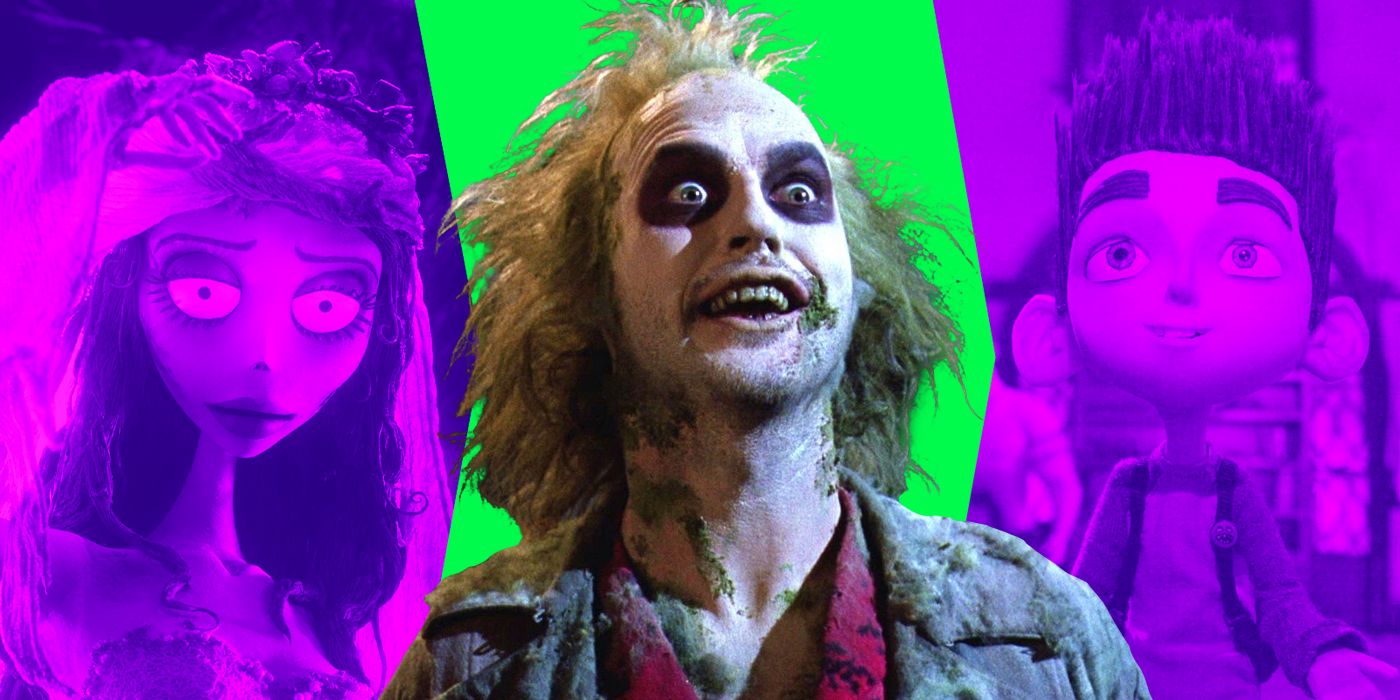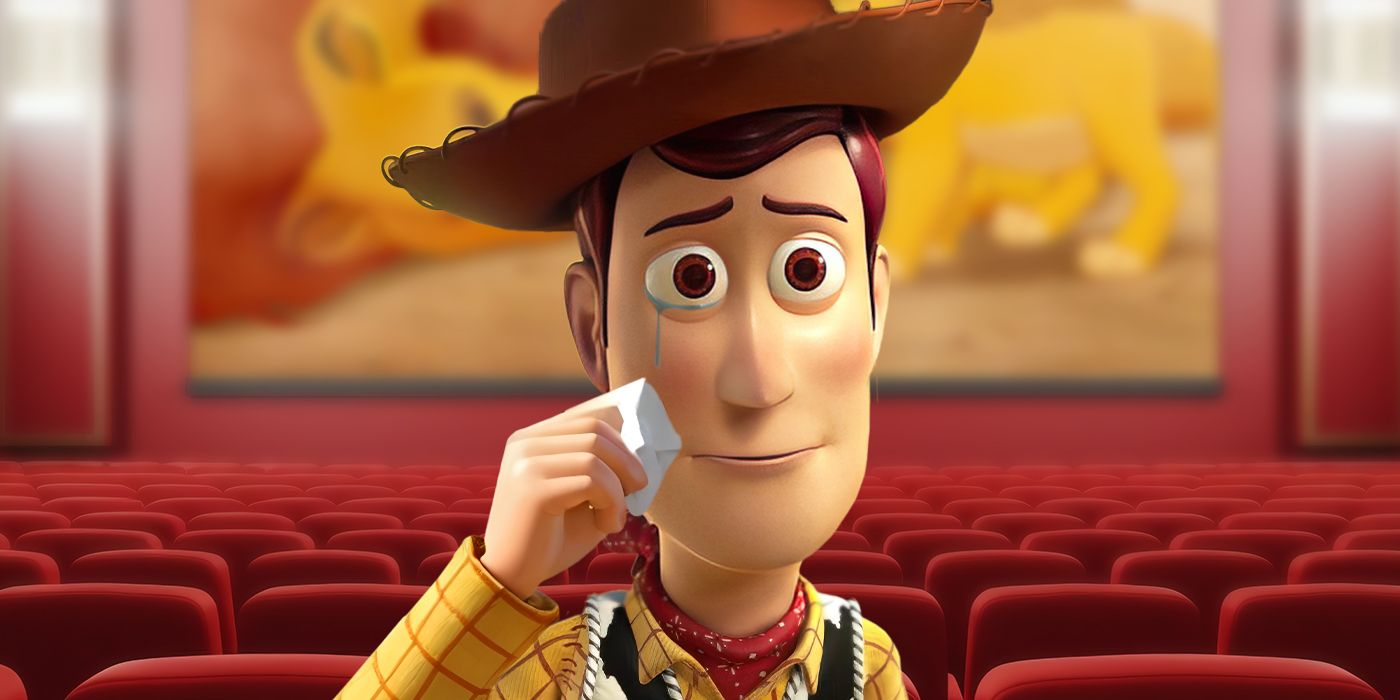The Big Picture
- In 1995, Casper changed the CGI game, becoming the first movie with a fully CGI main character, beating Toy Story to the punch by six months.
- Made with cutting-edge technology from George Lucas's ILM, Casper had more CGI than Jurassic Park in one scene alone, pushing boundaries.
- Casper's effective CGI animation allowed for seamless interactions with live actors, showcasing how technology can elevate storytelling.
While, nowadays, computer-generated imagery (CGI) is commonplace in movies ranging from Disney’s Frozen to Martin Scorsese’s The Irishman, this hasn’t always been the case. Not three decades ago, computer-generated special effects were still rare in movies, appearing only in highly experimental films or bona fide blockbusters such as Steven Spielberg’s Jurassic Park. Expensive and extremely hard to pull off, the technique was usually restricted to a few scenes, even in cases in which the VFX department had money to spare. But then, in the year 1995, came a movie that would change the CGI game forever. We are talking, of course, about Pixar’s Toy Story, directed by John Lasseter. The animated movie about a toy cowboy who faces a crisis after his owner is gifted a hip astronaut action figure was the first film to be entirely made with CGI. It was a game changer for both animation as a form of art and cinema as we know it.
However, Toy Story shouldn’t be remembered as the only 1995 movie to have an impact on the history of CGI. In that very same year, another movie came out that took computer-generated imagery to a whole other level. The movie in question was Brad Silberling’s Casper.
1995's 'Casper' Was The First Movie With a Fully CGI Main Character
Yes, you read that right: the Christina Ricci-lead film about a ghost in search of a friend (or maybe a girlfriend?) also deserves its own place in the chronicles of CGI history. That’s because, while Toy Story was the first movie ever made entirely with CGI, Casper was the first one to have a fully CGI star. Having come out on May 26, it beat Toy Story to it for a total of six months: Pixar’s first full-length film wouldn’t hit theaters until November 22.
Casper’s computer-generated lead is, of course, not Ricci, but the titular friendly ghost, voiced by Malachi Pearson. Based on the cartoon character created in 1945 by Seymour Reit and Joe Oriolo, Casper was created by George Lucas’ Industrial Light & Magic and first brought to life through a complicated live storyboarding process. The CGI technique, which was also employed on part of the movie’s supporting cast, allowed the ghostly child to retain its cartoonish appearance without looking too much like a cartoon. Now, almost thirty years after its original release, Casper remains a thing to behold, even if not all of its effects have aged equally. But, most importantly, the movie deserves to reclaim its rightful place in film history.
What Is ‘Casper’ About?
The basic premise of Casper is as simple as its plot is convoluted: looking to rid an old mansion of the spirits that haunt it, heiress Carrigan Crittenden (Cathy Moriarty) hires a ghost therapist to see them through to the other side. Played by Bill Pullman, Dr. Harvey moves into Whipstaff Manor alongside his pre-teen daughter, Kat (Ricci). Once inside the mansion, Harvey tries to connect with the grown-up ghosts of no-gooders Stretch (Joe Nipote), Stinky (Joe Alaskey), and Fatso (Brad Garrett), while his daughter strikes up a friendship with the spirit of their 12-year-old nephew, Casper. Shenanigans ensue involving a hidden treasure, an unexpected death, a junior high dance, and a machine capable of bringing ghosts back to life.
Casper had a budget of $55 million, which covered not only the VFX but also stellar cameos from big names of the time, such as Clint Eastwood, Dan Aykroyd, and Mel Gibson. For comparison’s sake, Jurassic Park had a budget of $63 million. But even though Spielberg’s mega-hit about a dinosaur-themed park cost more to make, Casper had more CGI on its pinky than all the velociraptors in all of their claws. According to Brad Silberling, a single scene of Casper required more computer-generated imagery than the entirety of Jurassic Park. The scene in question was the one in which Casper and his uncles enjoy a not-so-nice breakfast with the Harveys. Reportedly, just one gag in this Casper scene — the moment in which the ghosts melt to the ground -— took about a year and a half in post-production.
How Was ‘Casper’ Animated?
The amount of time required to complete just one scene of the movie is explained by the fact that, back in 1995, CGI was still very much in its infancy, and many of the amenities that exist nowadays were simply not yet in use. For instance, detailed previsualizations that allow filmmakers to envision the final result of a scene in which actors perform with non-existent CG characters or objects were still not a thing. So, in order to allow Silberling and his crew to have a taste of the final result, animation director Phil Nibbelink employed a live 2D animatics, or animated storyboard, process. This meant that he would craft somewhat rudimentary 2D animations of the characters on set and juxtapose them over the film to give the cast and crew an idea of what the final scene would look like.
Nibbelink would draw the characters over stand-ins held by Siberling while the cast and crew were running through the scenes. He told befores & afters:
“By the time they’d done a run-through, I’d have all the Caspers properly drawn. As the actors would walk through the scene, I’d advance through the drawings and click them forward: 1-2-3-4-5. Then they would play back the video with my drawings overlaid and check if the eyes were lining up and if the prop hand-offs were working and if everyone was in position."
The drawings were also used in post by editor Michael Kahn and served as directions for the final effects.
Why Is ‘Casper’s CGI Animation So Effective?
The animation process behind Casper was undoubtedly a lot more complicated to go through than it was to describe. Still, it paid off. Casper was a hit at the time of its release, making over $287 million worldwide and earning two direct-to-video sequels, 1997’s Casper: A Spirited Beginning and 1998’s Casper Meets Wendy. However, none of the sequels manage to replicate the careful VFX work that was done in the original film. Every scene doesn't look perfect when considered by 2023 standards, of course, but the CGI in Casper has managed to remain a great example of how technology can be used for good. The film has aged surprisingly well (apart from, you know, some of its cameos), and the scenes in which Casper interacts with Kat are bizarrely seamless for modern eyes that expect older CGI to look wonky and ugly, especially in children’s movies.
Still, we shouldn’t overlook the fact that a lot of what has allowed Casper to age so well in terms of CGI is the cartoonish appearance of its characters. Audiences are much more forgiving towards computer-generated characters that aren’t trying to look real. Furthermore, the CGI in Casper enabled the movie’s lead to keep the iconic look created by Reit and Oriolo without having to look like a cartoon. Through CGI, Casper was able to look like he was a part of the same universe as Kat and Dr. Harvey while still remaining recognizable. This, in turn, gave viewers a new spin on the character without removing the familiar elements. The result is a peculiar film that is as charming as it is innovative.


